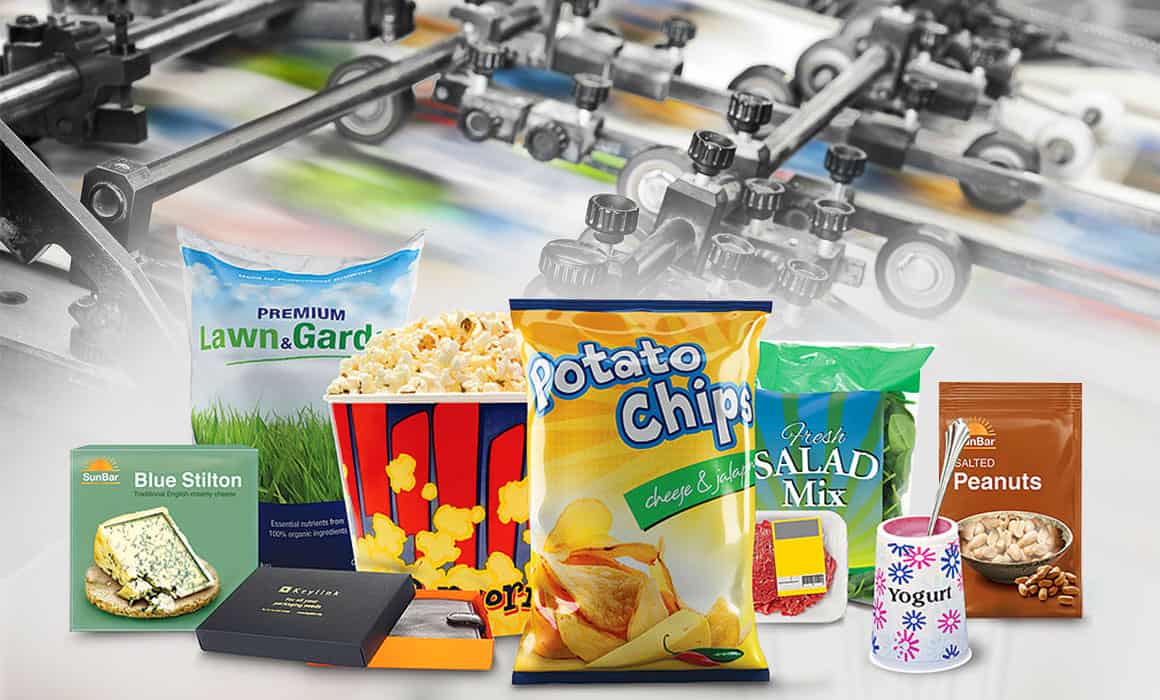Product packaging can be made much higher quality with the graphic designs, aesthetic ideas and printing techniques applied on it. In order for the design you have made to have the same strength on the shelves, first of all, the design must be prepared in accordance with the printing technique and the prepress repro works must be done correctly. Therefore, what you need to do is to first determine the printing technique suitable for your product, and then have a designer who has mastered this printing technique design your packaging.
The design may not be suitable for all kinds of printing techniques, a successful packaging design is one made in accordance with the printing technique.
Generally, there are 5 different printing types that will make your packaging designs come true;
1- Offset Printing
Offset printing is a type of printing made on papers of many different weights. It is the most common printing system that is generally preferred in the printing of many different products such as business cards, magazines, books, newspapers, posters, display boxes. It is one of the most useful prints among packaging techniques and can be used for labels and cardboard boxes in many sizes.
2- Intaglio Printing
This printing system is indented printing, the designs are processed by machines with diamond-tipped material on the metal plate, the ink on the entire cylinder is erased during printing, the inks remaining in the cavities are transferred onto the packaging, allowing the printing to occur. Intaglio printing, which is generally used in chips, chocolates, biscuits, dried food and nuts, milk powder, coffee and scientific food packaging, is used in vivid and striking products as can be seen from the examples. It is also preferred for its intaglio print quality, it is generally preferred for high circulation works due to the cost of cliché alone.
3- Flexo Printing
Flexo printing technique has a very important place in the packaging industry. Flexo printing technique can be used in the packaging of many products using PP and OPP materials such as pasta packages, pulses packages, frozen foods and candies. Packages printed with this technique have a flexible, hygienic and glossy appearance. Although it has lower quality than intaglio printing, it is very economical in terms of the cost of clichés and rapid production.
4- IML Printing
IML printing is also known as label printing. This printing system is created by integrating injection system and plastic materials on offset printing. Hazelnut or peanut butter packages, yoghurt and cheese packages, milk packages, puddings and desserts can be packaged with this printing technique, so that the label is combined with the container it is in and is prevented from being damaged. As can be seen from the examples, IML printing is a type of printing that is mostly used in food products.
5- Screen Printing
Screen printing is a general name given to printing on products such as glass, plastic, metal and wood. Logically, the design embroidered on silk stretched into a frame is achieved by exposure of the design under suitable conditions, and by transferring the paint to the product only from the light-receiving parts.
6- Digital Printing
Paper, canvas, fabric, synthetic, wood, stone, etc., by means of digital printing machines of the designs prepared in the computer environment. It is the process of printing on materials. Since no molds or clichés are used, it is a suitable solution for variable and small product printing.

